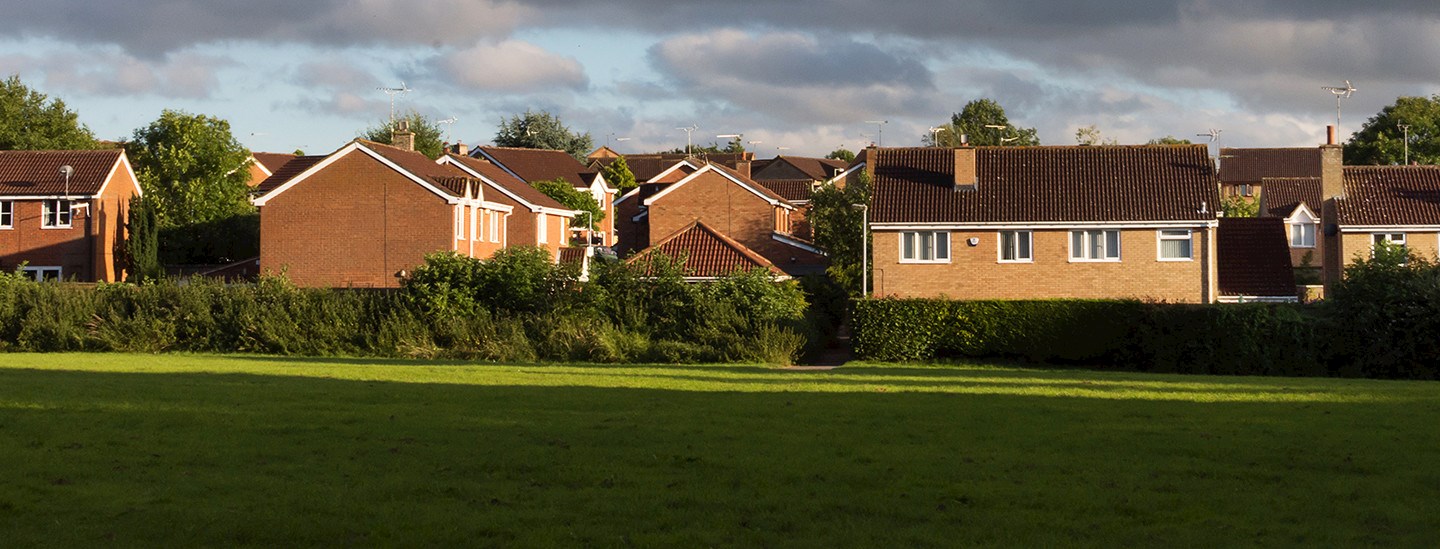Tornado Basics: Understanding Warning Signs, Strength and Tornado Warnings
Severe thunderstorms can produce a tornado, a violently rotating column of air that extends from the thunderstorm to the ground. A tornado is a combination of water droplets, dust and debris that forms into a condensation funnel. But even if there is no debris, a tornado could still be present as it is not always visible to the naked eye. According to the Federal Emergency Management Agency (FEMA), tornadoes can also happen at any time of day, but most tornadoes occur between 3PM and 9PM.
If you live in a region where tornadoes happen frequently, create a tornado emergency plan and kit for your business or home to be prepared.
Tornado Warning Signs List
Your local news stations and weather channels may offer warning alerts of an approaching tornado, as well as your community may have a warning system. Use your judgment to seek protection if you believe a tornado or thunderstorm with the potential for a tornado is coming. Below are the six tornado warning signs:
- The color of the sky may change to a dark greenish color.
- A strange quiet occurring within or shortly after a thunderstorm.
- A loud roar that sounds similar to a freight train.
- An approaching cloud of debris, especially at ground level.
- Debris falling from the sky.
- A rotating funnel-shaped cloud that extends from a thunderstorm.
Understanding Tornado Watch and Tornado Warning
Tornadoes can strike with little to no warning. Some communities may be equipped with an emergency outdoor warning siren system that alerts its residents of incoming tornadoes, flash floods, thunderstorms or hurricanes with winds of 70 MPH or higher. Tornado emergency alerts are issued by divisions of the National Oceanic and Atmospheric Administration (NOAA).
| Tornado Watch |
Issued by the NOAA Storm Prediction Center – Conditions are favorable for tornadoes and severe weather. Can cover parts of a state or several states.
|
| Tornado Warning |
Issued by the NOAA National Weather Service Forecast Office – A tornado has been reported by spotters or indicated by radar and there is a serious threat to life and property in the path of said tornado. Can cover parts of counties or several counties in the path of danger.
|
Rating Tornado Strength with the Enhanced Fujita Scale
Once a tornado has passed, the National Weather Service (NWS) rates the tornado’s strength using the Enhanced Fujita (EF) scale based on the severity of the damage and estimated wind speed. During surveillance, the tornado-related damage is compared to a list of Damage Indicators (DIs) and Degrees of Damage (DoD) to help better estimate the range of wind speeds the tornado likely produced. That rating is assigned between EF0 to EF5.
| 0 |
65-85 |
| 1 |
86-110 |
| 2 |
111-135 |
| 3 |
136-165 |
| 4 |
166-200 |
| 5 |
Over 200 |
What is “Tornado Alley?”
According to the NOAA, Tornado Alley is a nickname referring to the broad area of the relatively high tornado occurrences in the U.S. Tornado Alley maps can be measured in many different ways: all tornadoes, tornado-county segments, strong and violent tornadoes only, and databases with different time periods.
The U.S. has two regions with a high number of tornadoes: Florida and south central U.S. The Gulf Coast area has a separate tornado area nicknamed "Dixie Alley" with a relatively high frequency of tornadoes occurring from October through December.
Essential Resources for Tornado Preparedness
Bookmark these recommended informational sources to help prepare and recover from a tornado. These are national resources and are not associated with Gallagher.


